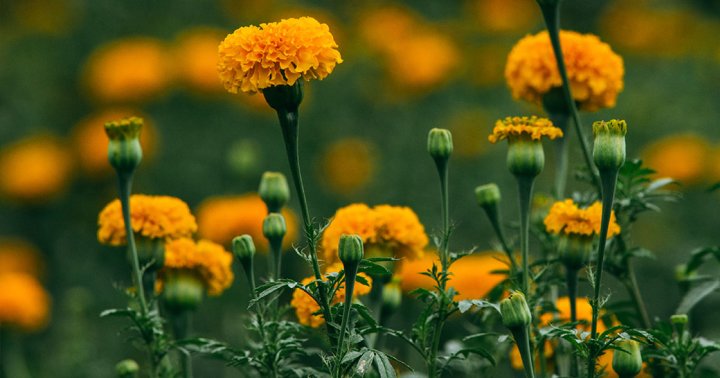When it comes to food sources of lutein and zeaxanthin, you have plenty of options to choose from.
The richest sources are leafy greens—think kale, spinach, and collards, says Grossman. (Green smoothie, anyone?) Other excellent food sources include green peas, avocados, and orange peppers.
Lutein and zeaxanthin are also present in some animal products, such as egg yolks (in case you needed another reason to make a hearty frittata or quiche). Even wheat contains lutein and zeaxanthin, offering another benefit of eating whole wheat products (given you’re not following a gluten-free diet, of course).
Both lutein and zeaxanthin are more bioavailable in animal foods due to the presence of fat—since, again, carotenoids are fat-soluble, meaning they’re best absorbed when paired with a source of fat.
Now, though it can be challenging, it is possible to obtain adequate levels of lutein and zeaxanthin through food. According to Rapoport, the key is to eat plenty of veggies—especially leafy greens. To increase the bioavailability of lutein and zeaxanthin, try steaming your spinach, kale, or collard greens (rather than eating it raw).
It’s worth mentioning that such foods are underconsumed by most folks in the United States, as noted in a report by the 2020–2025 Dietary Guidelines for Americans, so it’s vital to eat nutrient-dense dishes as much as possible. And when in doubt, a high-quality supplement is a simple and effective way to meet your lutein and zeaxanthin needs.


